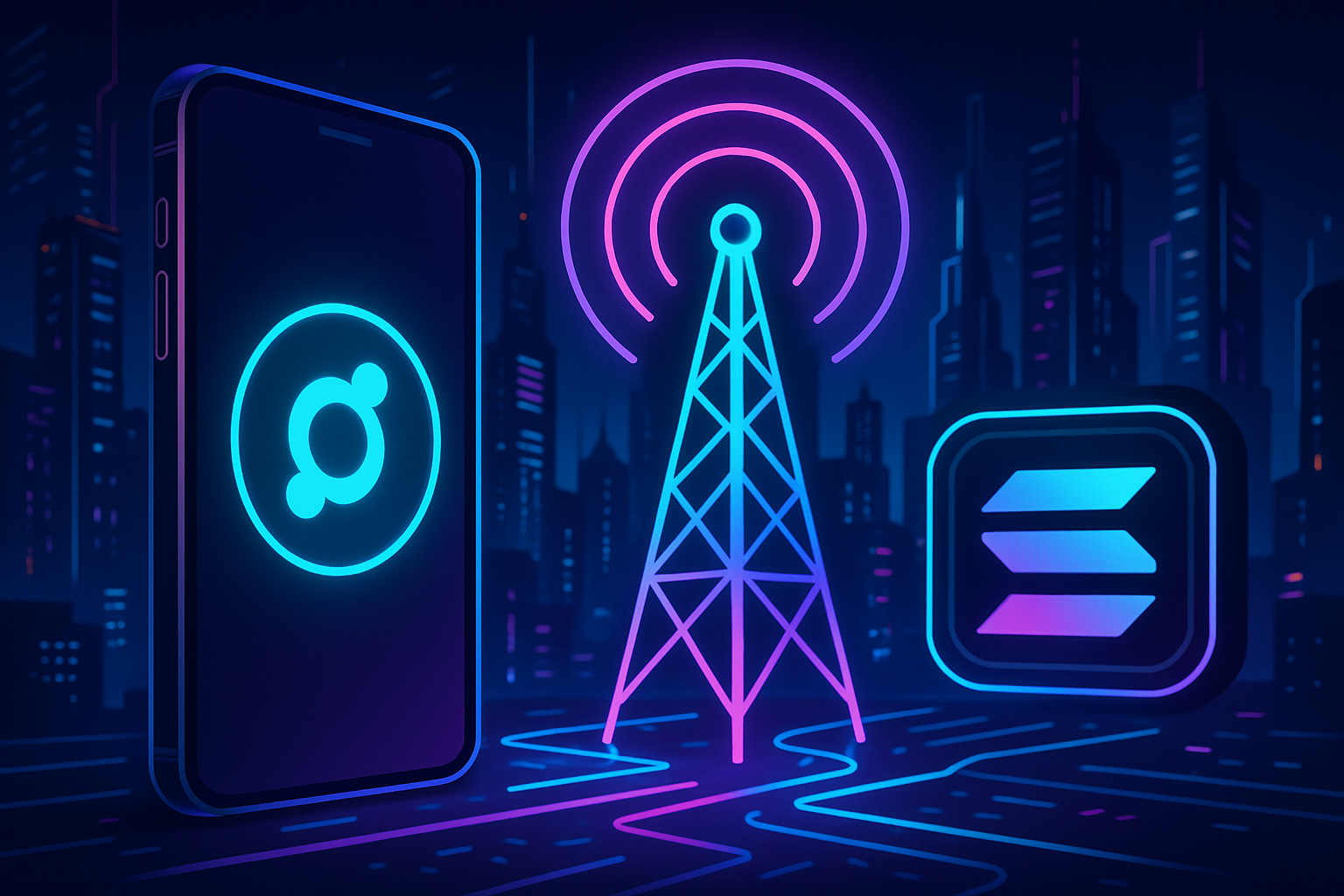
Helium Mobile’s integration with Solana marks a pivotal moment for decentralized wireless infrastructure. As the demand for affordable, community-owned connectivity grows, Helium Mobile leverages Solana’s high-speed blockchain to scale its DePIN (Decentralized Physical Infrastructure Network) solution. This partnership is not just about technical synergy – it’s a case study in how blockchain can disrupt telecom by shifting power from centralized incumbents to users and hardware operators.

Why Helium Mobile Chose Solana for DePIN Scalability
Helium’s original network relied on its own Layer 1, but as the number of transactions and participants surged, scalability became a bottleneck. The April 2023 migration to Solana was driven by three core factors: throughput, transaction cost, and ecosystem alignment. Solana processes thousands of transactions per second (TPS) at minimal fees, making it ideal for managing millions of micro-incentive payments to hotspot operators and users.
This architecture enables Helium Mobile to reward individuals who deploy 5G hardware with real-time token incentives. By utilizing Solana’s low-latency consensus, Helium’s DePIN model can handle the operational complexity of a global wireless network without sacrificing performance or decentralization.
How the Token Economy Powers Decentralized Wireless
The heart of Helium Mobile’s model is its token-based incentive system. Operators earn MOBILE tokens by providing wireless coverage using independently deployed hotspots. These rewards are processed on-chain via Solana, ensuring transparency and auditable distribution. The ability to process micropayments efficiently at scale is critical – every device ping, data packet relayed, or new hotspot activated generates an on-chain event.
This approach eliminates traditional telecom middlemen and creates a direct economic relationship between users, network builders, and service providers. The result? Lower costs for end-users and rapid expansion of coverage areas as more participants are incentivized to join.
Key Benefits of Helium Mobile’s Integration with Solana
-
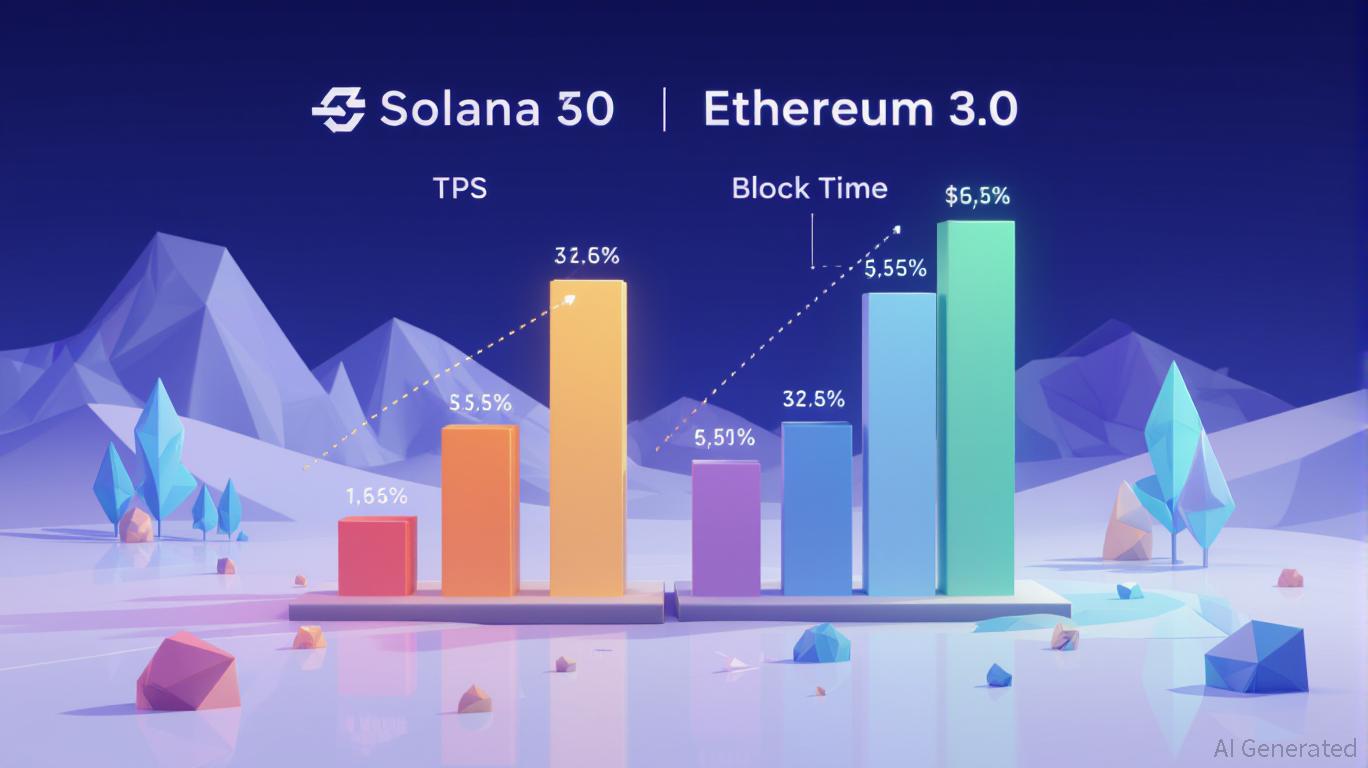
Scalable, Low-Cost Transactions: Leveraging Solana’s high-speed blockchain enables Helium Mobile to process network and incentive transactions efficiently, reducing operational costs and supporting rapid network expansion.
-
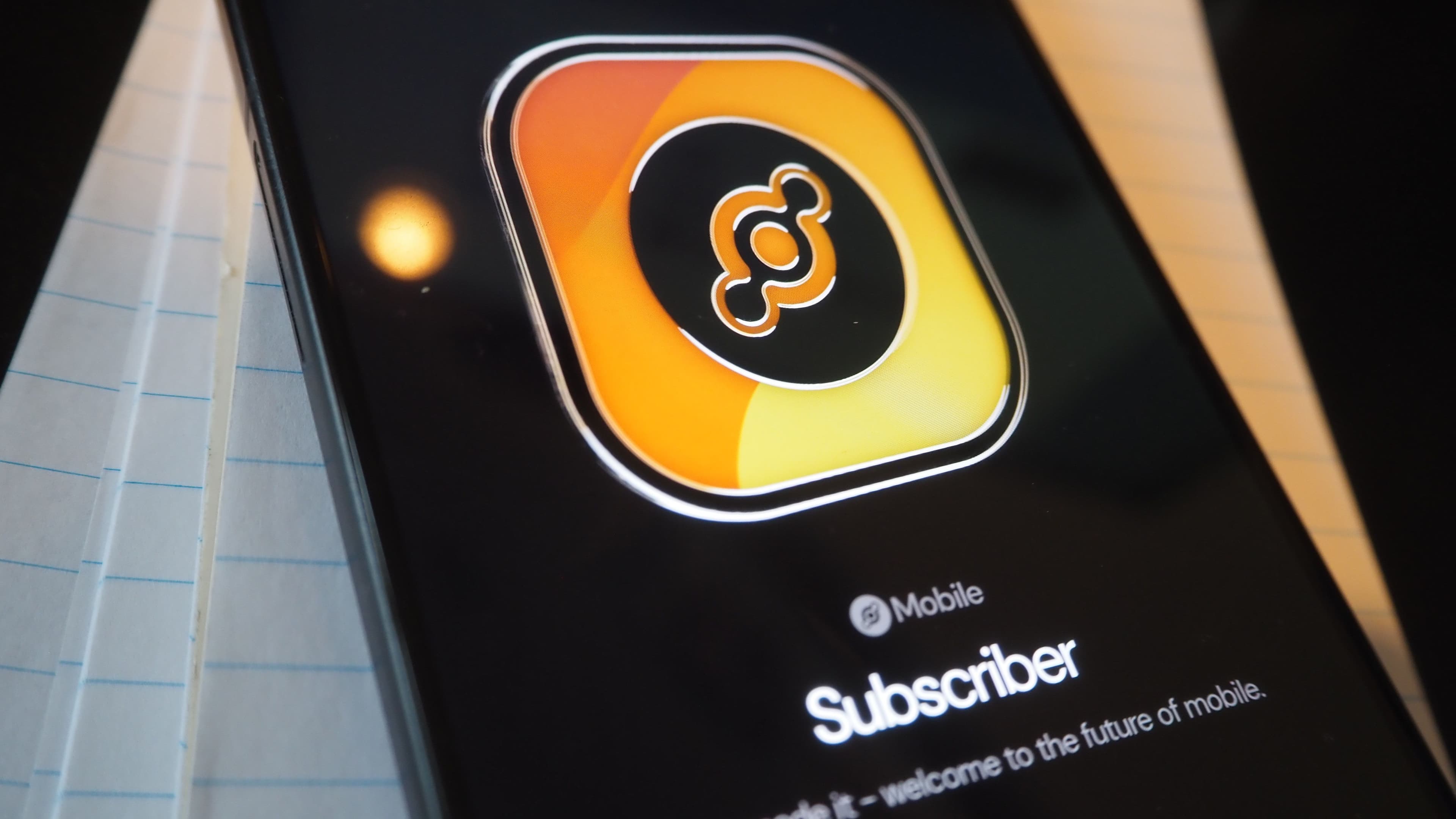
Efficient Token-Based Incentives: The integration allows Helium Mobile to manage its MOBILE token rewards system on Solana, encouraging widespread deployment of 5G hotspots and participation in the decentralized wireless network.
-

Decentralized Last-Mile Connectivity: Through its partnership with DAWN (built on Solana), Helium Mobile advances a fully decentralized last-mile Internet solution, combining mobile and broadband nodes for greater coverage and community ownership.
-
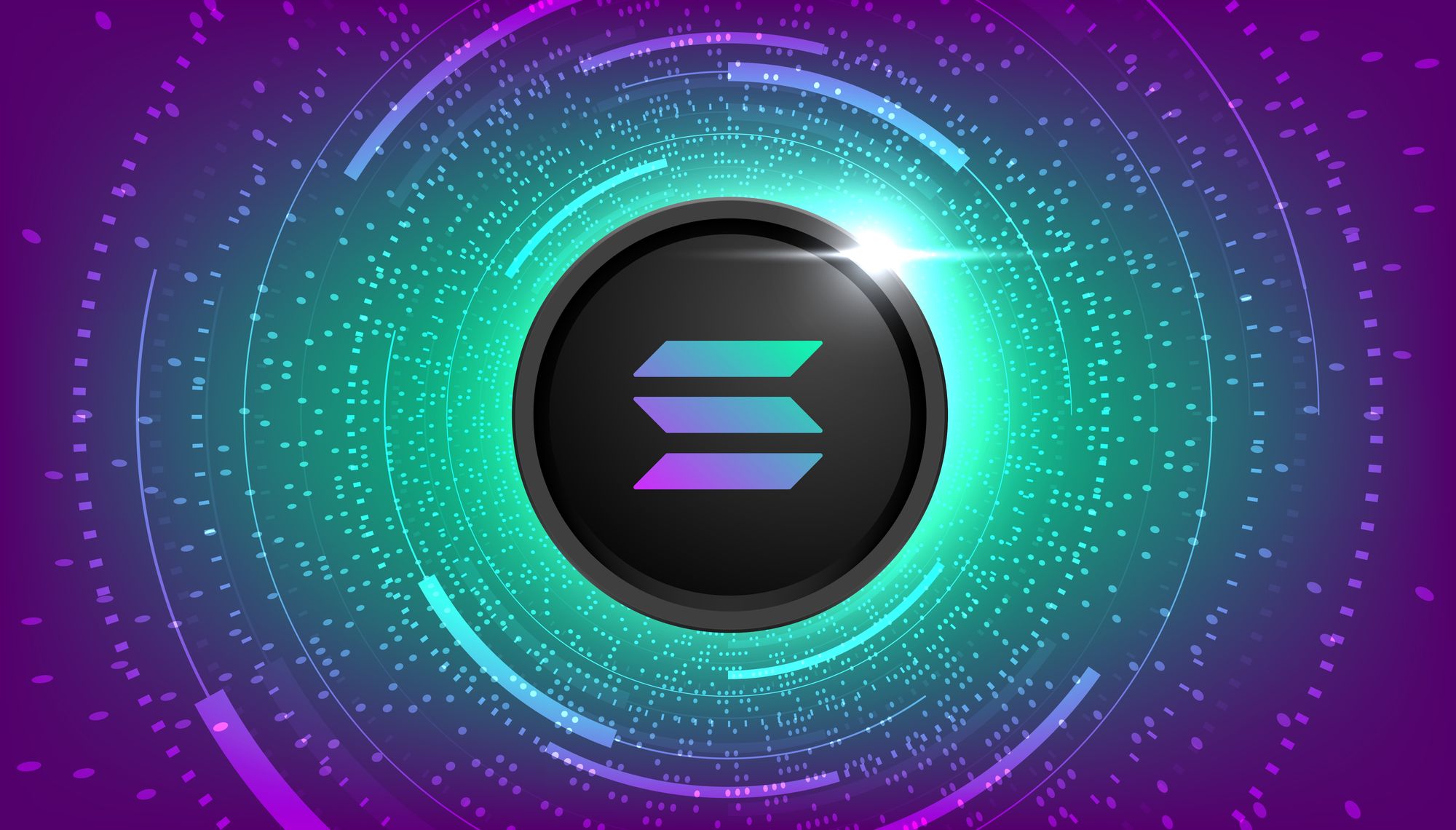
Accelerated Feature Development: Solana’s robust developer ecosystem and composability accelerate the rollout of new features and integrations for the Helium Mobile network.
-
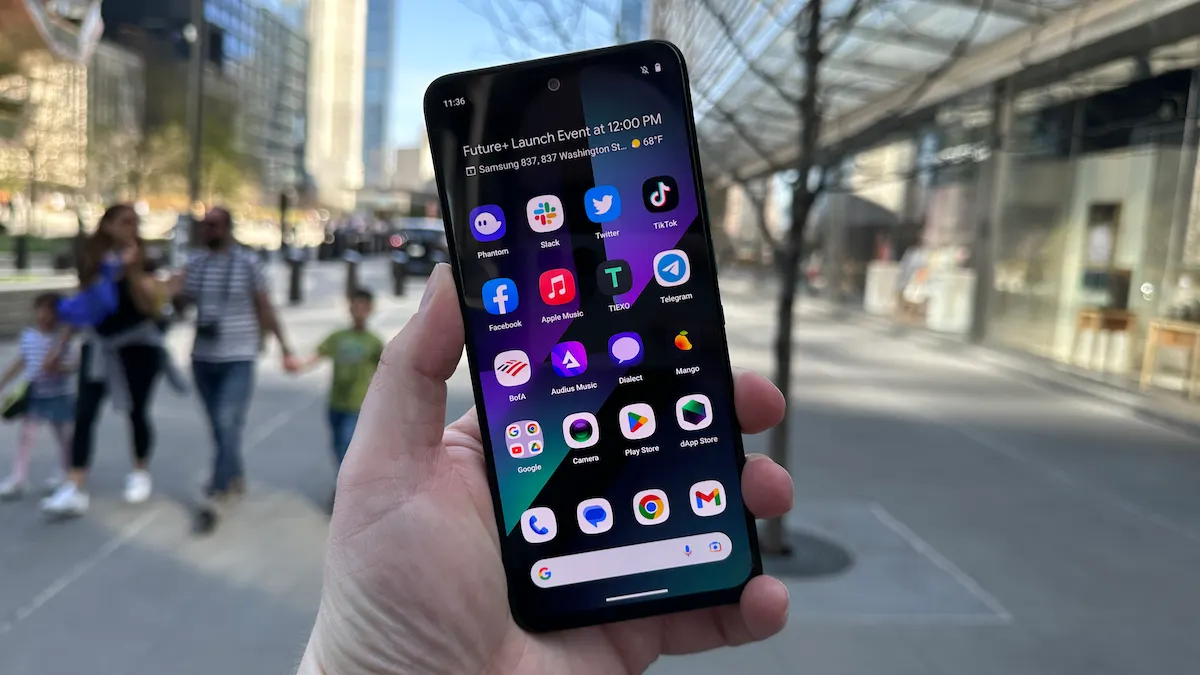
Seamless Crypto-Enabled Mobile Experience: Helium Mobile’s support for the Solana Saga smartphone integrates crypto rewards and decentralized connectivity directly into user devices, enhancing user engagement and adoption.
Strategic Partnerships: DAWN Protocol and Saga Smartphone Integration
The push toward a truly decentralized last-mile Internet has accelerated through partnerships like DAWN Protocol. By combining Helium’s mobile network with DAWN’s broadband nodes – both built on Solana – users can share connectivity while maintaining full ownership over their bandwidth resources. This positions the ecosystem as an alternative to legacy ISPs that often lock consumers into rigid contracts and pricing models.
Helium Mobile is also integrating with the Solana Saga smartphone, enabling seamless crypto-native mobile experiences where users can earn rewards simply by using their phones for daily connectivity. This deepens user engagement while expanding utility for both MOBILE tokens and the broader DePIN sector.
These integrations are more than just technical upgrades – they represent a paradigm shift in how connectivity is delivered, monetized, and experienced. The DAWN partnership, for example, means anyone with a compatible device can become a node in the network, directly contributing to coverage and earning value in return. This is the essence of DePIN: decentralized ownership, transparent economics, and permissionless participation.
From an investor’s perspective, Helium Mobile’s alignment with Solana also unlocks access to a vibrant ecosystem of DePIN projects. The composability of Solana smart contracts allows for rapid experimentation and feature rollouts – whether it’s new staking mechanisms for MOBILE tokens or cross-network incentives for users who bridge between Helium and other DePIN protocols. This fluid development environment is critical as the sector faces rising competition and evolving regulatory scrutiny.
Current Market Data: Tracking MOBILE Token Performance
As of now, Helium Mobile’s token economy remains tightly integrated with Solana’s infrastructure. All rewards, penalties, and governance actions are processed at Solana’s current transaction speeds and fee levels – ensuring that network participants aren’t burdened by high costs or slow settlements. This efficiency has helped Helium maintain its status as a market leader among Solana DePIN wireless networks despite broader volatility in token prices across the sector.
[price_widget: Real-time MOBILE token price display]
The ongoing expansion of hotspot deployments, combined with strategic partnerships like AT and T and DAWN Protocol, continues to drive network effect. As more businesses join the ecosystem through initiatives like Helium Plus (enabling Wi-Fi-only contributions), the economic engine powering decentralized wireless becomes increasingly robust.
What Sets Helium Mobile Apart in the DePIN Race?
- Solana Integration: Enables instant rewards distribution, low fees, and scalable on-chain operations.
- User-Centric Incentives: Empowers individuals to monetize their connectivity resources directly.
- Ecosystem Partnerships: Collaborations with DAWN Protocol, Saga smartphone integration, and major telcos like AT and T amplify reach.
- Open Participation: Anyone can contribute coverage or bandwidth – no gatekeepers or legacy barriers.
Looking Forward: The Future of Decentralized Wireless on Solana
The next phase for Helium Mobile involves scaling both hardware deployments and user adoption while maintaining decentralization at every layer. Expect further integration with other Solana-based DePIN projects as interoperability standards mature. For developers and investors seeking exposure to real-world crypto utility beyond speculation, monitoring Helium’s roadmap is essential.
This isn’t just about disrupting telecom – it’s about establishing a new blueprint for digital infrastructure ownership powered by open-source software and community incentives. As more users recognize the benefits of participating in decentralized wireless networks on Solana, expect exponential growth in both coverage maps and token utility across global markets.






